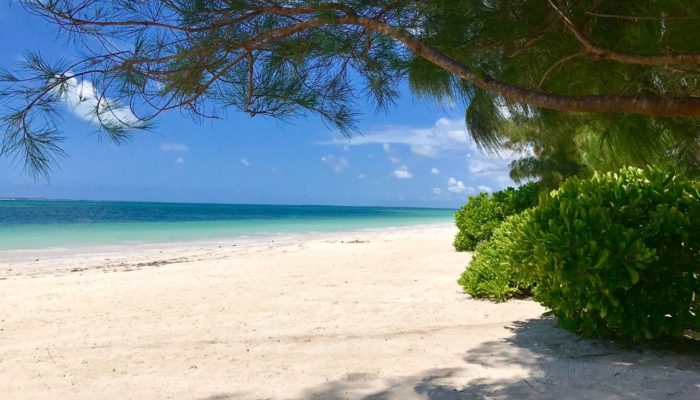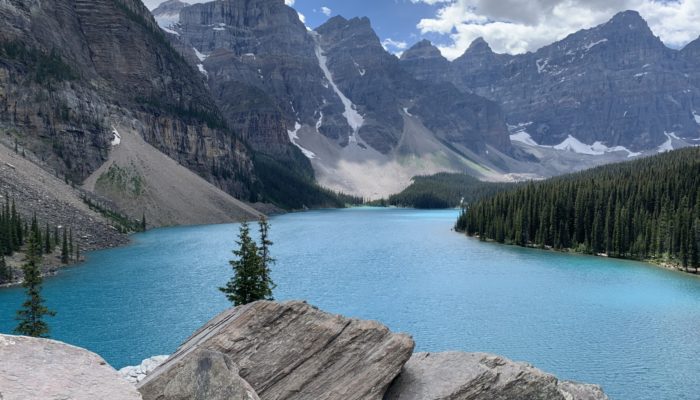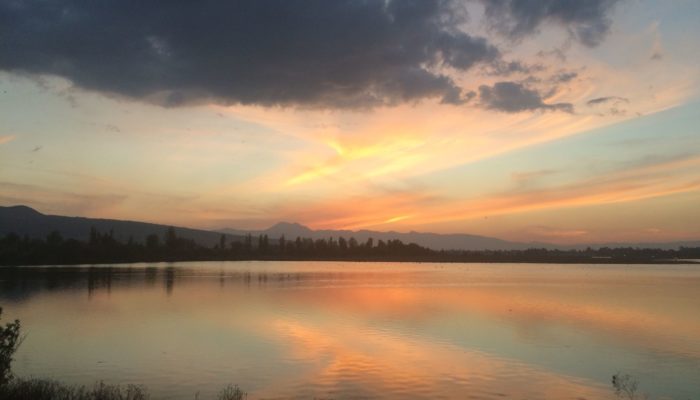Most people would not relate Central Europe to a tropical environment today. During the Middle Jurassic (174-163 Ma ago), however, such conditions prevailed in most parts of the nowadays landmass that was almost completely covered by a shallow epicontinental sea (estimated 0-100 m water depth) except for several emerged areas and islands. During this time, the continent of Pangaea broke apart, as ...[Read More]
The study of sedimentary architecture and topography to reduce Earthquake damages: a sedimentological perspective on the Kahramanmaraş earthquakes

The area were most collapses occurred is a former alluvial outlet for the drainage of water and sediment from the upper parts of the Ahir Mountain When it comes to earthquakes, the nature of the Earth surface geology and its geometry is critical to understand the intensity and type of motion of the ground where we live. Of course, other factors matter when assessing the risk of damage in human-mad ...[Read More]
Outcrop analogues to Carbon Sequestration Targets: the Gog Quartzite of Alberta – including a short virtual field trip!
Introduction In 2022 I was asked to put together a virtual field trip looking at carbon sequestration (CCS). We are particularly lucky in Alberta in having three excellent Cambrian targets for CCS including the Basal Cambrian Sandstone, currently being used for CCS in Shell’s QUEST project, quartzites of the Deadwood Formation (being utilized for a CCS project in Saskatchewan) and the Gog Quartzit ...[Read More]
Towards a better understanding of 500,000-years climate history in central Mexico
The effects of climate change on tropical regions are in parts still poorly understood, although the tropics include some of the most populated areas in the world. Now we created an age-depth model and a moisture reconstruction of the last 500,000 years from one of the oldest lakes in central Mexico, Lake Chalco. Central Mexico, because of its mild climate and fertile soil, has been continu ...[Read More]



